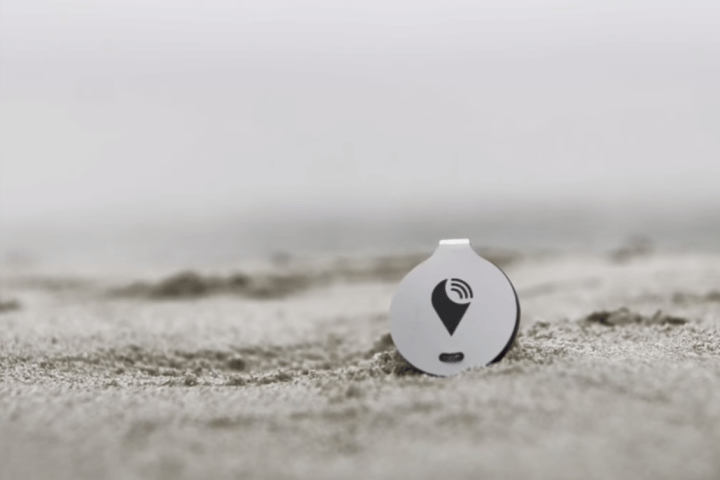
Technology sure makes it cool to lose things. The TrackR bravo is the latest fruit of high-tech ingenuity born of the marriage of innovation and forgetfulness, and if its young, wildly successful crowdfunding campaign is any indication, it’s sure to be a hotly anticipated and much-buzzed-about device in the months running up to its slated 2015 debut.
Here’s the skinny: The slim, round device clips or sticks onto objects and makes them trackable via the company’s iOS or Android app. Also, if you happen to have, say, your TrackR bravo-tagged keychain but can’t find your phone, you can press the TrackR bravo and cause your phone to sound an alert.
On top of that two-way tracking capability, the TrackR bravo is also hooked up to the company’s Crowd GPS network, which comprises a community of TrackR-enabled smartphones. This means that if you lose an object that is tagged with the TrackR bravo, you can leverage the Crowd GPS network to help you search for the item. If a phone that’s part of the network comes within 100 feet (the range of the TrackR bravo) of your lost object, you’ll receive a notification telling you where the lost object was last “seen.”
The device itself is 3.5 millimeters thick and 34 millimeters in diameter, which makes it slightly larger than a dollar coin (2.0 millimeters thick and 26.5 millimeters in diameter). It uses aluminum casing and a one-year replaceable battery.
An Indiegogo crowdfunding campaign for the TrackR bravo started on Monday, June 9, and has already raised about $137,000 – nearly seven times its $20,000 goal. The campaign, which ends July 24, is offering the devices for purchase by backers: one for $29, two for $49, five for $95 and 10 for $99. The company is targeting production in December and delivery to Indiegogo backers on Jan. 7, 2015.
The TrackR bravo is the company’s sixth item-tracking product, and the company is currently giving away $200,000 worth of its previous iteration of the TrackR (the StickR TrackR) to build its Crowd GPS network. The giveaway ends Friday, June 28.
The Tile, another well-known tracking device, started shipping to backers in late May. While the TrackR bravo can be clipped onto dog collars, there are canine-specific tracking devices such as the WhistleGPS available too.


